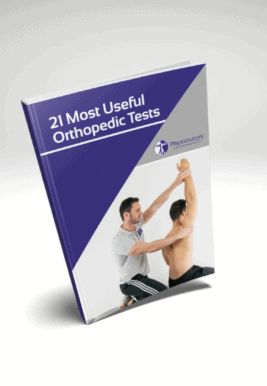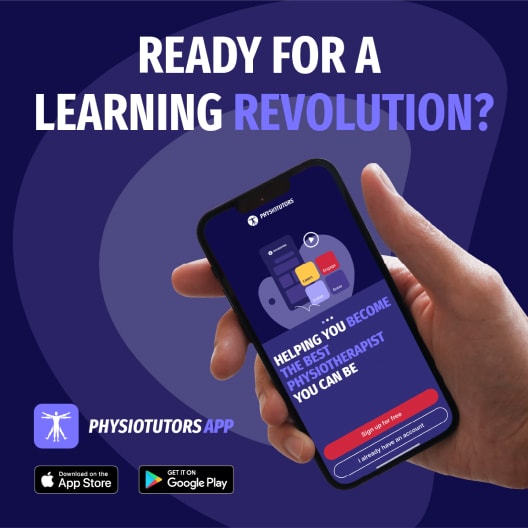Learn
Modified Romberg Sign | Lumbar Stenosis | Neurogenic Claudication
The Modified Romberg Sign assesses balance with eyes closed for 10 seconds, which can be used in the assessment of lumbar spinal stenosis.
De Schepper et al. (2013) performed a systematic review on the diagnostic accuracy of tests used to diagnose lumbar spinal stenosis. They concluded that the diagnosis should be mainly based on patient history taking, while physical examination tests have not been found to be useful. However, a more recent systematic review by Cook et al. (2019) found that a couple of physical tests can actually be useful to confirm the diagnosis. One of them is the modified Romberg test like described by Katz et al. (1995). With a sensitivity of 40% and a specificity of 91%, this test is moderate to confirm, but not exclude lumbar spinal stenosis.
As neurogenic claudication due to lumbar spinal stenosis is related to activity, it makes sense to use functional tests in order to provoke symptoms. To conduct the modified Romberg test, have a patient stand with their feet together and eyes closed for 10 seconds.
The test is considered positive if compensatory movements were required to keep the feet planted. Originally, the Romberg Test is used devised to differentiate between cerebellar and sensory ataxia. If eye closure leads to a significant decrease in stability the Romberg sign is scored positive and is indicative of sensory dysfunction. A negative Romberg sign speaks for cerebellar disease as the cause of ataxia. Cerebellar ataxia is not, or hardly, ameliorated by additional visual feedback. This is true of cerebellar limb ataxia as well.
21 OF THE MOST USEFUL ORTHOPAEDIC TESTS IN CLINICAL PRACTICE

Other common tests for lumbar spinal stenosis are:
References
Like what you’re learning?
BUY THE FULL PHYSIOTUTORS ASSESSMENT BOOK
- 600+ Pages e-Book
- Interactive Content (Direct Video Demonstration, PubMed articles)
- Statistical Values for all Special Tests from the latest research
- Available in 🇬🇧 🇩🇪 🇫🇷 🇪🇸 🇮🇹 🇵🇹 🇹🇷
- And much more!








